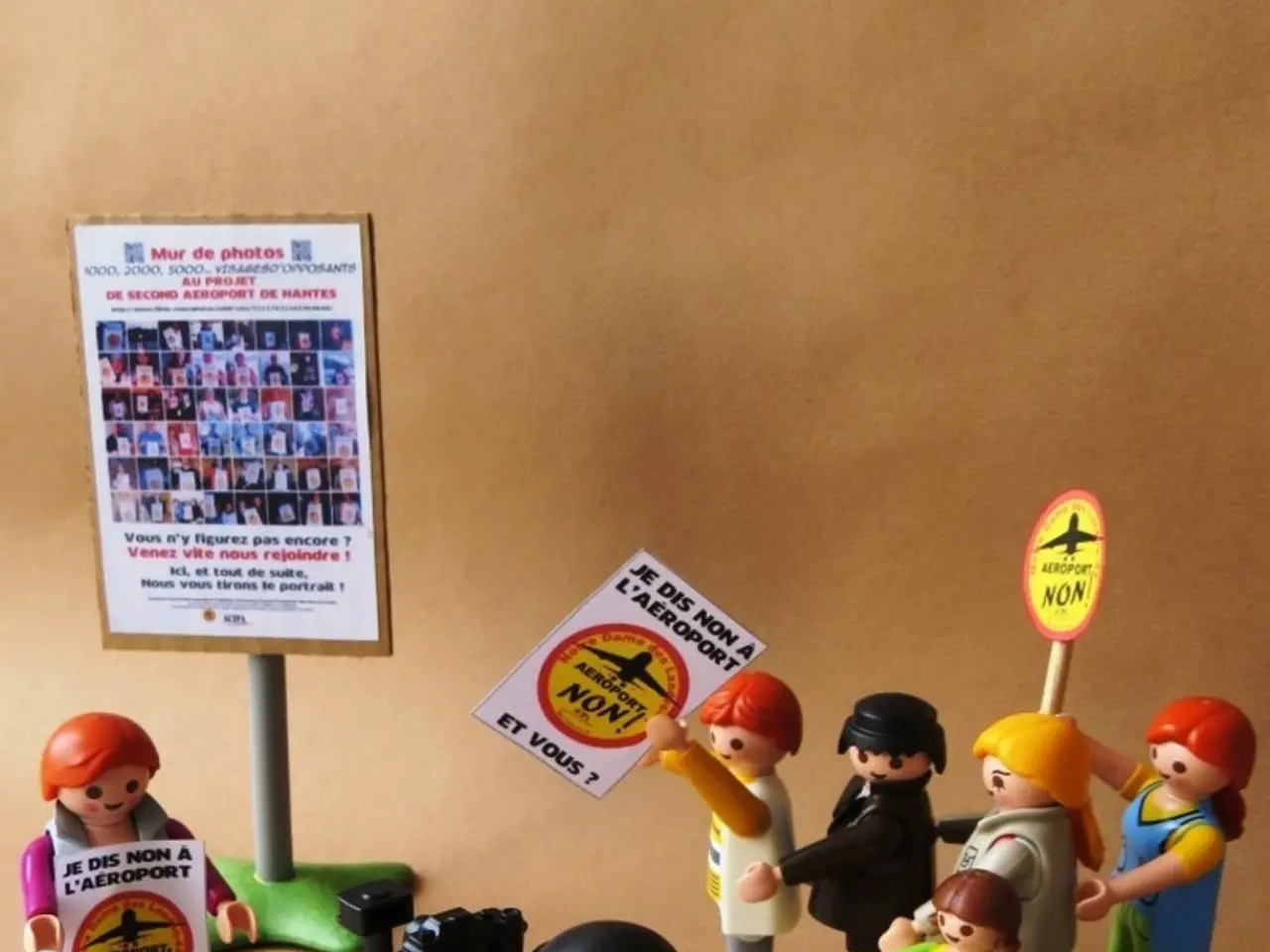Guide to Crafting an Acknowledgements Section (While Avoiding Embarrassment)
Writing the acknowledgements page in a book is an opportunity for authors to express gratitude to those who have contributed to the creation of their work. Here's a guide to help you craft an effective acknowledgements page:
**Purpose and Placement**
Acknowledgements serve as a way to thank editors, researchers, family members, and anyone else who has contributed to the book creation process. Typically, the acknowledgements page is placed in the front or back matter of the book, though its position can be flexible depending on personal preference or style guidelines.
**Writing Style**
Maintain a sincere and professional tone, using a formal style with complete sentences. Write in the first person, using "I" for a single author or "we" if multiple authors are contributing. Avoid overly effusive language, but ensure your gratitude comes across heartfelt.
**Organization and Content**
Organize acknowledgements based on the nature or significance of contributions. For example, major contributors or mentors should be acknowledged first. Be specific about the contributions of each person or organization.
**Length and Format**
Keep the acknowledgements brief while still being comprehensive. Aim for a length that fits the scope of your book but doesn't overwhelm the reader. Ensure the layout is clean and easy to read, using paragraph breaks and considering using different paragraphs for different types of contributors.
**Customization**
Check if your publisher has specific guidelines for acknowledgements. Some publishers may have strict requirements or recommendations for style and content. While maintaining professionalism, feel free to add a personal touch that reflects your relationship with the people you are thanking.
An example of a well-crafted acknowledgements page might look like this:
``` Acknowledgements
I would like to extend my deepest gratitude to [Mentor's Name] for their guidance and support throughout the writing process. Their expertise was invaluable in shaping the narrative.
To my family, friends, and colleagues who endured countless conversations about plot twists and character arcs, thank you for your patience and encouragement.
Special thanks also go to [Editor's Name] for their meticulous editing and insightful suggestions, which significantly improved the manuscript.
I am grateful for the financial support provided by [Funding Agency], which facilitated the research necessary for this book.
Finally, I would like to thank [Organizational Name] for access to their resources and expertise, which enriched the book's content. ```
Remember, many readers might skip the acknowledgements section, especially if it's long. Formatting matters, especially for self-publishing, and tools like Atticus can help streamline the process. Also, be cautious when sharing potentially embarrassing anecdotes about friends or loved ones.
By following these guidelines, you can create an acknowledgements page that is both heartfelt and well-formatted, fitting for your book.
Indie authors should consider investing time in designing an appealing cover for their books, as it plays a significant role in the entertainment value and commercial appeal. In the process of thanking those who contributed to the creation of their work, indie authors may include acknowledgements for the cover designer in their acknowledgements page.







